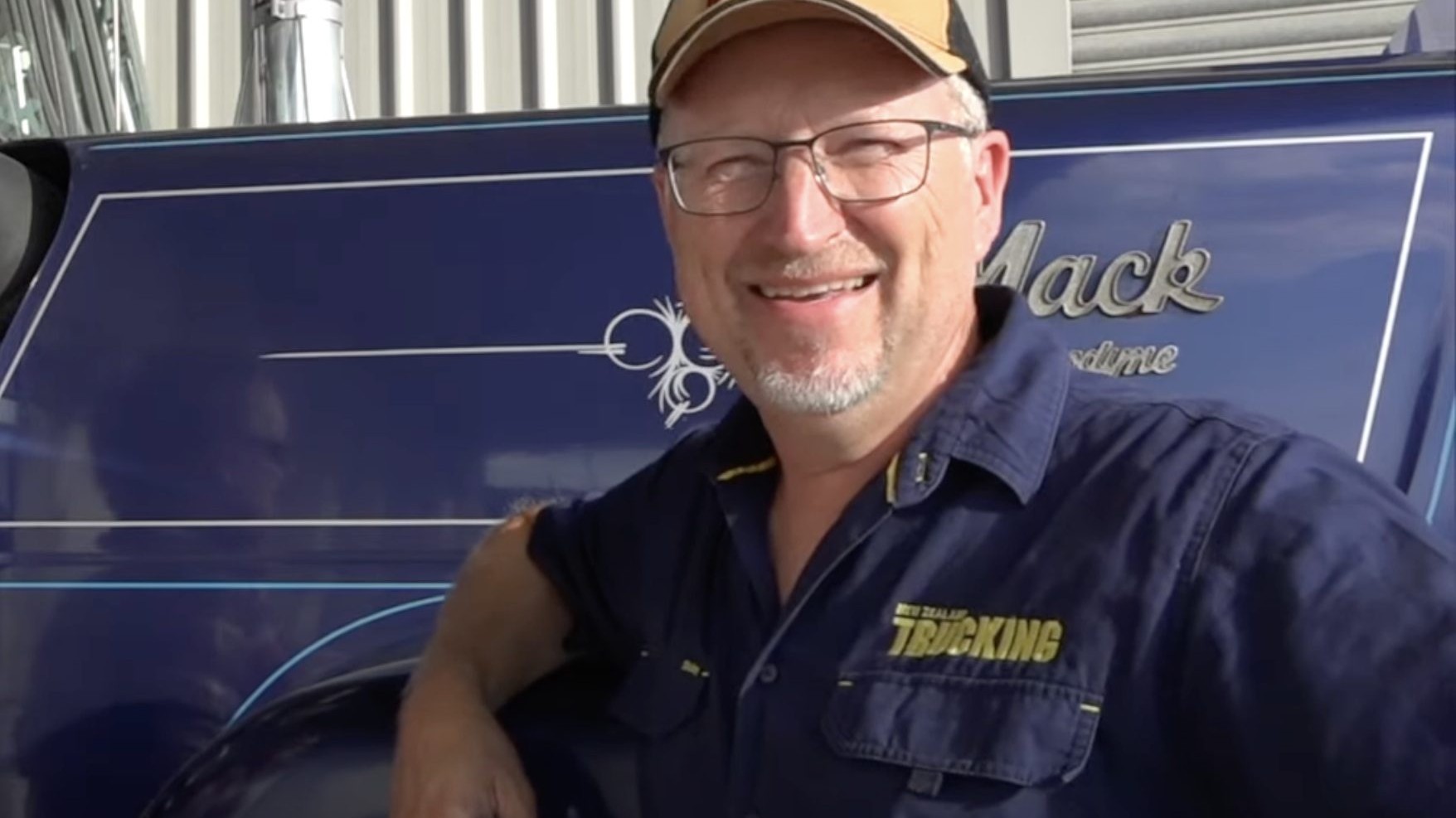
National highway speed limits and road safety measures have certainly been the topic du jour for many months now, with all manner of arguments for and against the mooted control proposals raging throughout the transport industry as well as the public arena.
Listening to recent discussions regarding speed management of our roads through mainstream media, as well as reading Waka Kotahi NZ Transport Agency’s vision for zero deaths and serious injuries on our roads by 2050, the ideals that the current government and its various departments are aspiring to are – for all intents and purposes – admirable. However, are they at all realistic and or even achievable?
A recent work trip from Taupo through to Napier and on down to Masterton generated solid conversation regarding the new speed limit that has been implemented across the majority of SH5, leaving us wondering about the possible ways forward from here.
There is no question that SH5 has had its fair share of both tragically fatal and serious injury accidents over the years. Over time these incidents obviously provoked reactions at government level, and low and behold an 80kph speed limit has now been imposed from the beginning of the Taraweras all the way to the intersection with SH2 at Eskdale. You have to ask, how did the powers that be assess the road and make this decision? What was the criteria to reduce the speed limit on this road?
Heading south of Eketahuna along SH2 beside the banks of the Makakahi River we again drew comparisons, this time with regard to the narrow width of the road lanes, and how the centre median collision protection mechanism was a conventional three-metre strip of road markers – reflectorised white enamel spayed at the road surface every seven meters, forming a friendly reminder to all road users to please keep to their side of the line. Only 200km earlier, travelling the Hawkes Bay Expressway stretch of this road, we were privileged to be separated from the threat of oncoming missiles via a four-wire rope safety barrier.
Fair to say in a perfect world the powers that be would love to have four-wire rope safety barriers on every stretch of road throughout our great land, protecting us. But alas, at nearly $2 million per kilometre to install, the likelihood of this becoming reality is rather remote. It is claimed that wire rope safety barriers are saving an average of one life per week nationally. Judging by the amount of impact damage we observed on the Hawkes Bay Expressway, we would concur that souls have definitely been saved from serious injury or worse.
With all this in mind it highlights one extremely important factor that we all need to take stock of and individually reflect upon. The measures that are being implemented and supposedly imposed on us are a direct reaction to the road toll statistics, by the various departments that are tasked with keeping us safe as we travel the highways of our fair nation. Yes, there is a real need for a significant increase in spending on roading repairs and maintenance, as the poor roading surfaces we are currently seeing throughout the network are definitely a contributing factor in some instances. But the kicker for us all is ‘if we were all better drivers these measures would not be inflicted upon us’.
With this coming week being ‘Road Safety Week’ (as organised by BRAKE www.brake.org.nz) it is a timely reminder to take a moment to critique ourselves and ask what we can do to contribute to a lower road toll. Do I need to reply to that text right now? Should I shave another 10kph off my road speed to ensure I get around a wet corner? Have I got a stereo that is hands free capable so I can talk on the phone and still have two hands available to operate the vehicle?
We all like to think that we are the perfect driver, and there’s also that old chestnut: ‘it will never happen to me’. But the reality is there are always personal areas that we can improve on. And, believe me, if you don’t, one day it will almost certainly happen to you. So, this week take the opportunity to have a hard look at your approach to your driving, and adjust it accordingly. It is high time we all personally take some of the responsibility to achieve the vision of zero deaths and serious injuries on our roads by 2050. Changing our ways will most definitely have a positive impact on the future road toll.
Cheers,
Carl Kirkbeck
Field Editor
Read more
Passing on passing
0 Comments6 Minutes
Keeping up with the times
0 Comments4 Minutes
In the weeds
1 Comment4 Minutes



